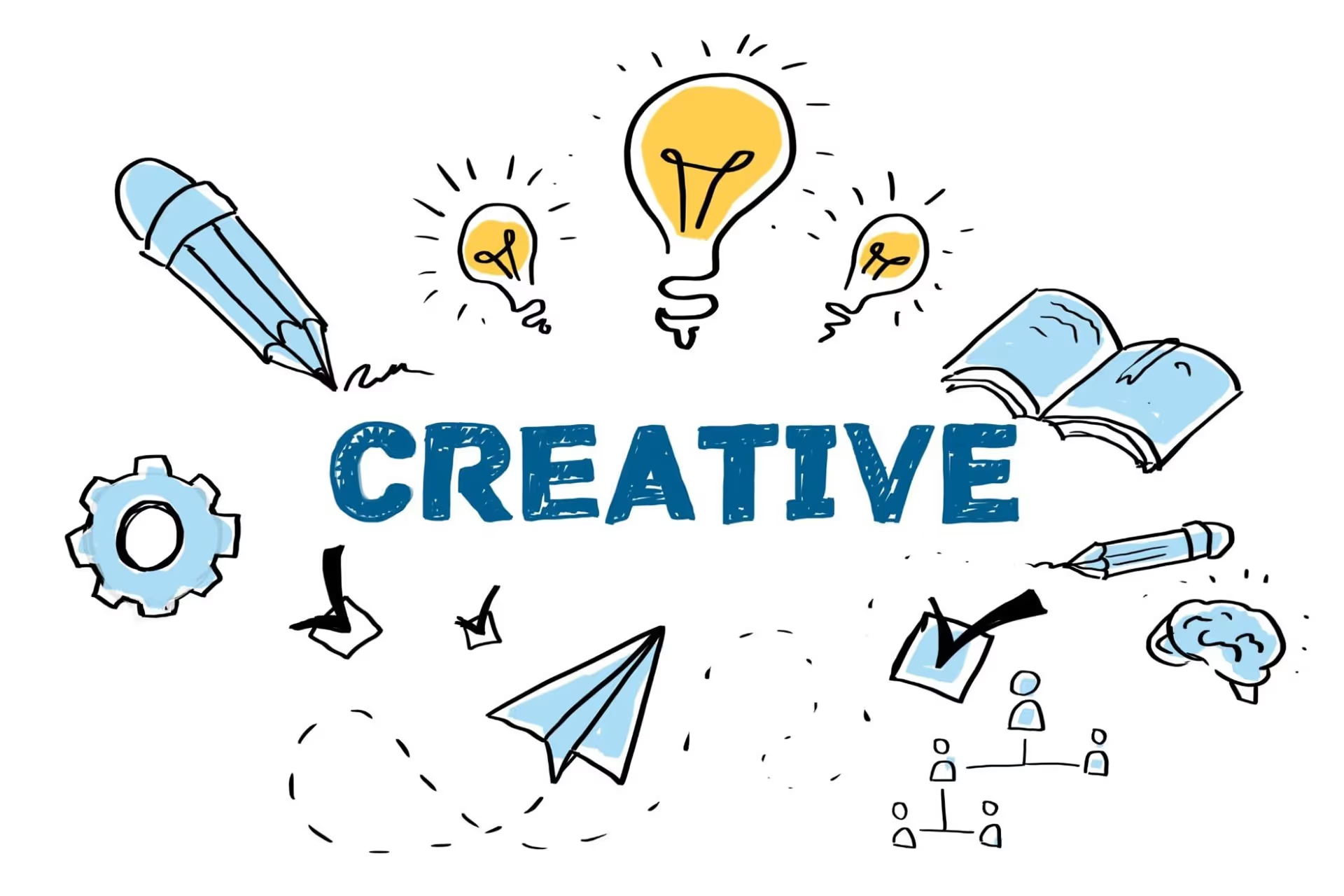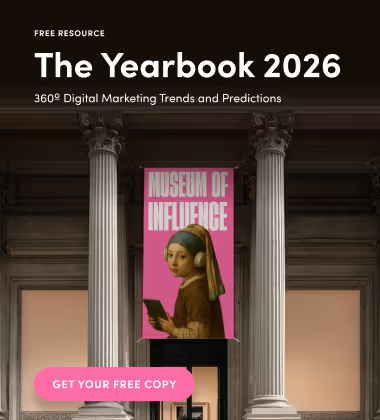In a sea of AI-generated sameness, human-centric marketing content prioritizes voice, empathy, and originality. Discover how to blend AI efficiency with emotional clarity to create authentic content that earns trust, sparks interest, and builds connection.
AI content floods the web. It’s quick to produce, easy to scale, and often nearly indistinguishable from something a person might write. But in a sea of sameness, audiences still crave one thing: authenticity.
They’re not just looking for information; they’re looking to feel something. Spark their curiosity. Earn their trust. Bring them clarity. Build that human connection.
That’s where human-centric content earns its value. It doesn’t try to sound flawless or generic. It shows understanding. It reflects culture, emotion, and point of view. As marketers, the challenge isn’t to avoid AI. It’s learning to use it without losing what makes content feel real.
AI Can Assist, But Shouldn’t Lead
AI is a tool. It can organize data, rewrite copy, suggest headlines, or summarize insights. But it doesn’t understand the context of your brand or the emotional tone of your audience. Left unchecked, it often defaults to vague, overused phrasing that weakens the message.
Use AI to get started, not to finish. Let it build the scaffolding, then replace every flat, lifeless section with voice, intent, and specificity. That human layer is where trust begins.
Keep the Core Human
The most effective content begins with something only a person can offer: perspective. Whether it’s a personal story, a sharp insight, or a tone that fits your brand’s culture, this is what separates living content from AI filler.
Ask these questions before hitting publish:
- Does this reflect what real people care about?
- Does it clearly reflect your team’s unique voice?
- Is there a reason it couldn’t be mistaken for a machine?
If you hit all three, you’re building content that stands out.

Image Source: Shutterstock
Original Thought Cuts Through
Audiences have adapted quickly to the AI boom. They can spot repetitive, pattern-based language. That’s why original thought matters more now than ever. Not just facts, but interpretation. Not just lists, but framing.
Create angles that only your brand can claim. Pair data with opinion, and add nuance where AI would flatten it. AI copies the dominant voice of the internet. Your job is to do the opposite: say something that hasn’t been said yet.
Empathy Isn’t Optional
Connection comes from clarity, not complexity. Empathy is about tuning into what your audience feels and shaping content to meet that moment.
Are they overwhelmed and looking for a simple answer? Are they skeptical and need proof? Are they frustrated and want direct help?
Your content needs to speak to that. Not with generalities, but with specific tone, structure, and pacing. That level of awareness still belongs to people, not programs.
When AI Drafts, You Still Edit
Editing AI output isn’t proofreading. It’s rewriting. It’s re-centering the message around people, not patterns.
A helpful strategy: read every section out loud. Does it sound like how you’d speak to a client or customer? If not, rewrite it. Cut fluff. Fix tone. Add lived experience, brand values, or industry edge. Human-centric content always includes a point of view.
Here’s where AI helps most:
- Outlining repetitive structures (FAQs, how-tos)
- Speeding up first drafts
- Testing variations in headlines or CTAs
- Refining grammar and clarity after you’ve shaped the meaning
But what AI suggests should never be the final form.
Real-World Example: Blending Tools and Voice
Let’s say you’re reviewing the DoMyEssay website that helps with essays. An AI tool can summarize the platform’s features. But what will make your content compelling is your human take: what stands out, how the user flow feels, and whether the pricing makes sense for students. That kind of value comes from experience, not scraping the web.
Similarly, don’t just say “DoMyEssay offers essay help.” Instead, talk about how a student might feel before using it, what problem it solves, and what could go wrong, because readers trust what sounds lived, not lifted.
Define and Preserve Your Voice
Your voice is the thread that runs through every asset, including web copy, emails, posts, and product pages. If AI starts to dilute it, your brand loses its edge. Define what your voice is.
For example:
- Not overly casual
- Not corporate jargon
- Not robotic repetition
Write a guide, share examples. Build a content bank of past work that feels right. That way, anyone editing AI output can align it with your actual tone.
Editorial Judgment Still Wins
Tools evolve, and so do algorithms. But judgment doesn’t go out of date. Know what not to include, what really matters to your audience, and what feels off. That's the human domain.
The best editors aren’t just correcting grammar. They quickly notice when something is missing, like emotional payoff. They’re reshaping sections that drag. They’re ensuring each paragraph contributes to a clear, compelling arc.
Even if your workflow includes an essay writing service or platform like DoMyEssay, human oversight is what makes content connect. These services can support speed and structure. But your insight, your experience, and your standards decide whether that content builds trust or fills space.
The Human Advantage
AI is not the enemy. Mediocrity is.
What audiences remember isn’t how fast content was made. It’s how clearly it spoke to them. As long as you stay grounded in human perspective, voice, and intent, you’ll keep creating content that cuts through the noise.
In an AI-driven world, your best asset is still you.



